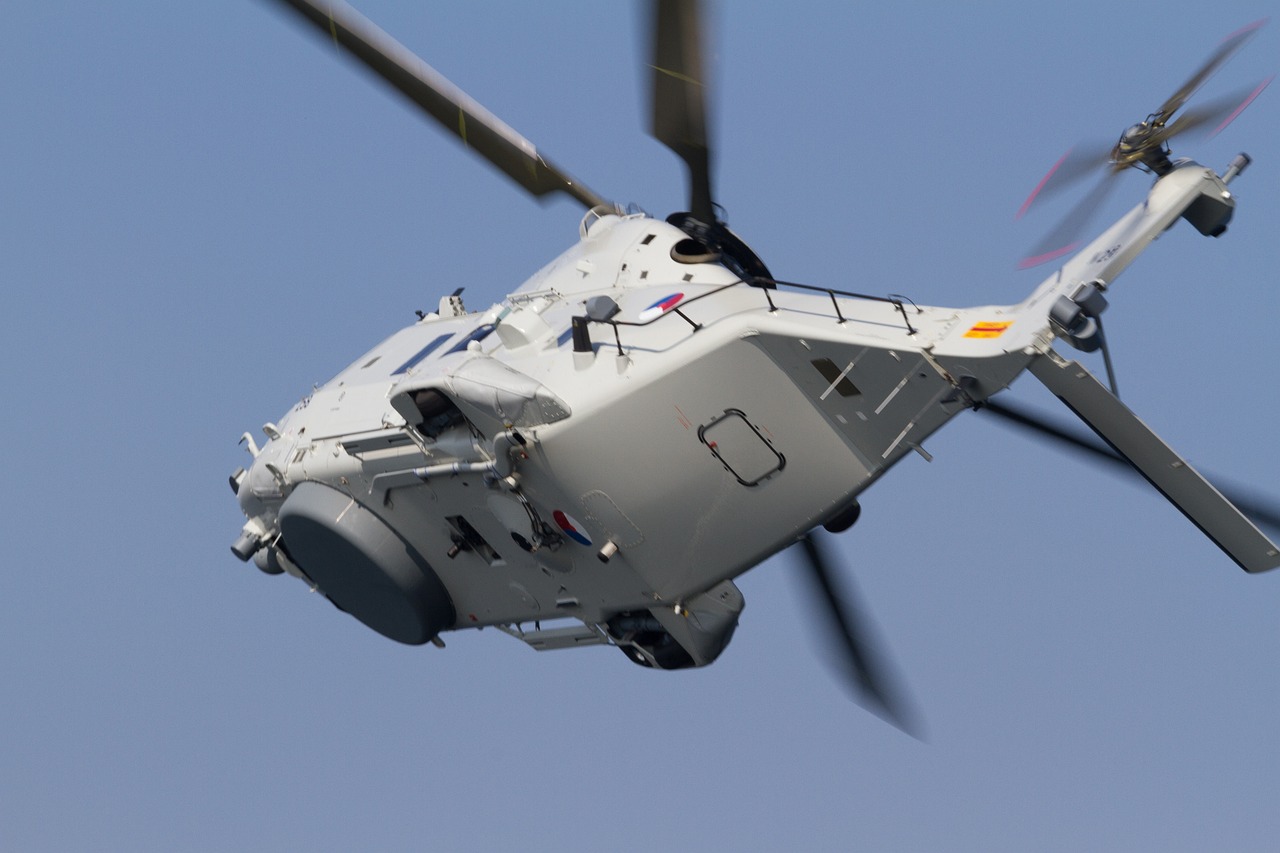Hydrological Monitoring Cross-section Photographic Requirements and Specifications
This report outlines the requirements and specifications for hydrological monitoring cross-section photography. It is intended to provide guidance on the types of photographs needed, the frequency of collection, and the necessary image quality and resolution. The report also highlights the importance of cross-section photography in assessing the physical characteristics of water bodies, such as depth, width, and velocity of flow. Additionally, it discusses the use of cross-section photography in hydrological studies, including in areas affected by climate change, urbanization, and other anthropogenic activities. Overall, this report serves as a reference for those involved in hydrological monitoring and the collection of cross-section photographic data.
Hydrological monitoring is crucial for understanding the state of water resources and for effective water management. One of the key aspects of this monitoring is the collection of accurate and reliable data, which can be facilitated by following standardized photographic requirements. This article provides an overview of the specific photographic requirements and specifications for recording hydrological monitoring cross-sections.

Firstly, it is essential to ensure that the photographs accurately represent the characteristics of the monitoring cross-section. This requires taking pictures from a sufficient distance and at a suitable angle to capture the entire cross-section in its natural state. Additionally, multiple photos should be taken from different viewpoints to provide a comprehensive record of the site's features.
Secondly, lighting conditions play a significant role in ensuring the clarity and visibility of the photographs. Therefore, it is recommended to use neutral lighting that avoids shadows and highlights, ensuring that all areas of the cross-section are uniformly illuminated. This can help to minimize errors in data interpretation caused by inadequate lighting conditions.
Thirdly, it is vital to use high-quality cameras and equipment to ensure that the photographs have a high level of detail and resolution. Digital cameras are commonly used for this purpose, providing high-quality images that are suitable for analysis. It is also recommended to use a tripod to stabilize the camera, preventing camera shake and ensuring that the images are sharp and clear.
Fourthly, it is essential to follow a standardized protocol for photo identification and record-keeping. Each photo should be labeled with a unique identifier, including the location, date, and time of the photograph, as well as any other pertinent information, such as weather conditions or flow rates at the time. This information can help to ensure that the photographs are used correctly and can assist in data analysis and interpretation.

Finally, it is recommended to undergo regular training and proficiency testing to ensure that the photographic requirements are met and to maintain high standards of data quality. This can help to ensure that the photographs are used correctly and can assist in data analysis and interpretation.
In conclusion, standardized photographic requirements play a crucial role in ensuring the accuracy and reliability of hydrological monitoring data. By following these requirements, it is possible to obtain high-quality images that provide valuable information about water resources. This information is crucial for effective water management and environmental protection.
Articles related to the knowledge points of this article:
Hydrological Emergency Monitoring: Importance and Applications
Recruitment Opportunity: Shandong Reservoir Water Resources Monitoring Station
Title: Comprehensive Design Drawings of Hydrological Monitoring Stations
Problems in Irrigation District Hydrologic Monitoring
Title: The Role of Hydraulic Engineers and Hydrologists in Water Resources Management